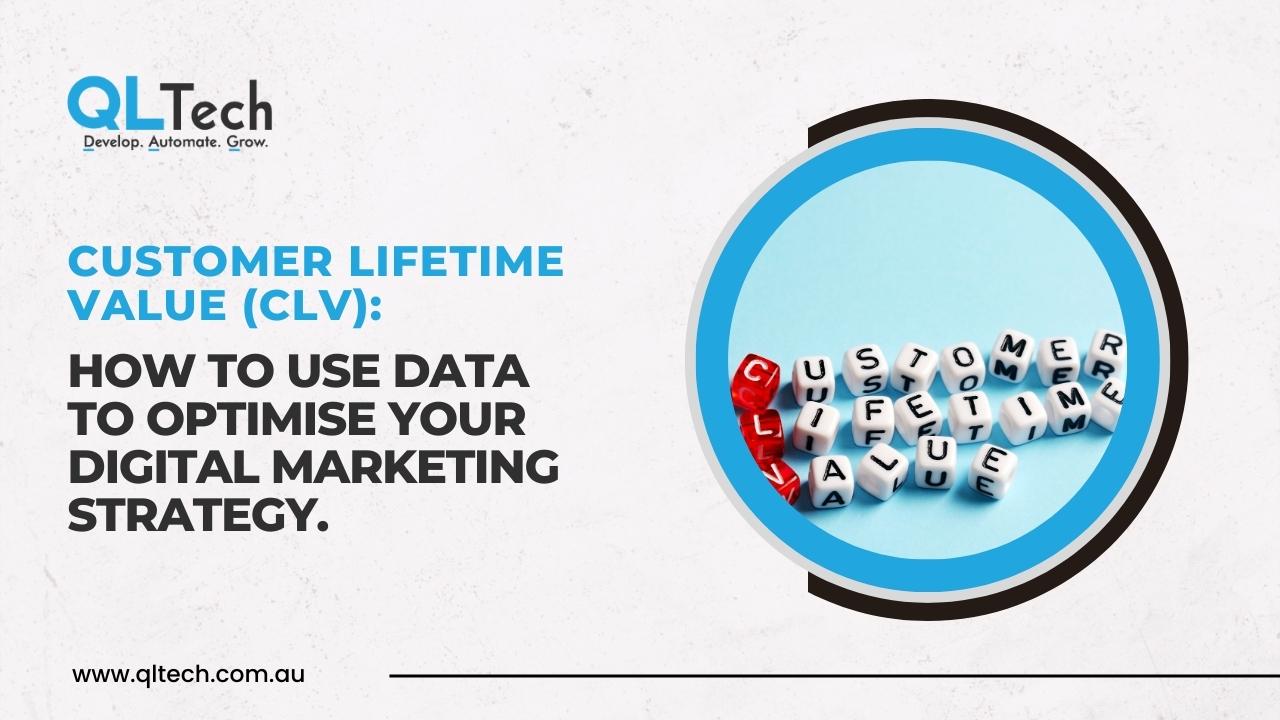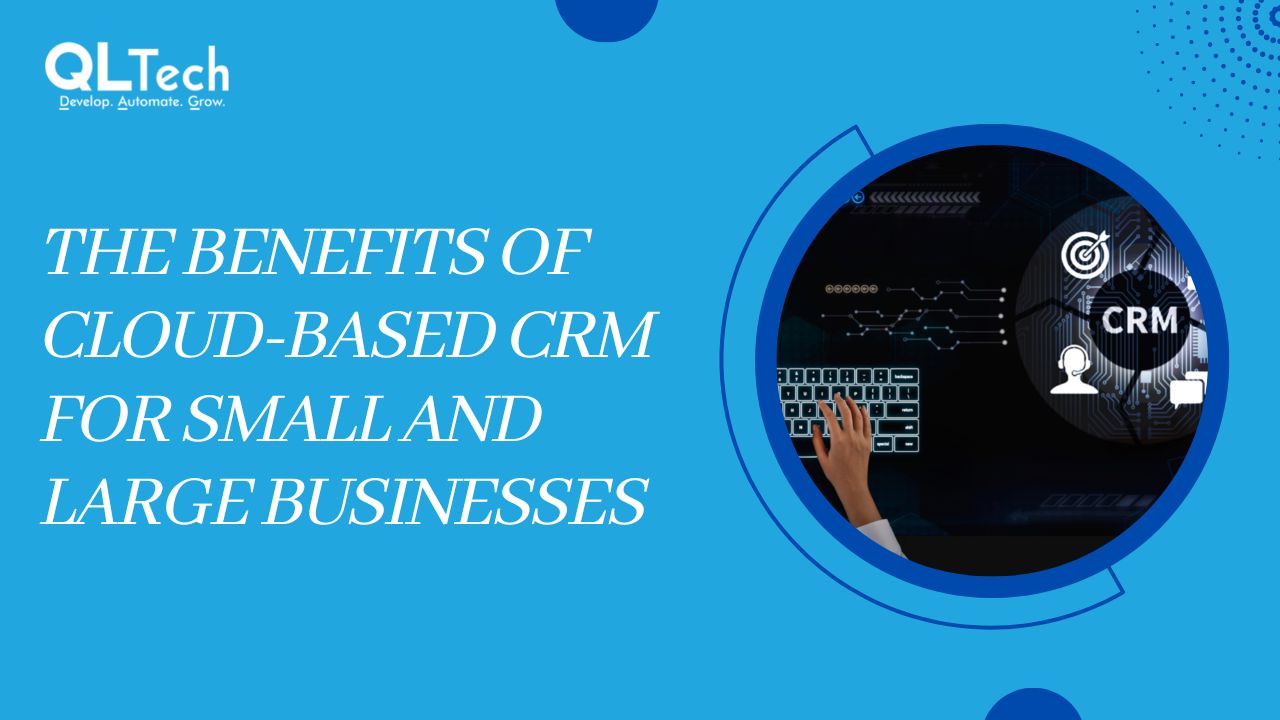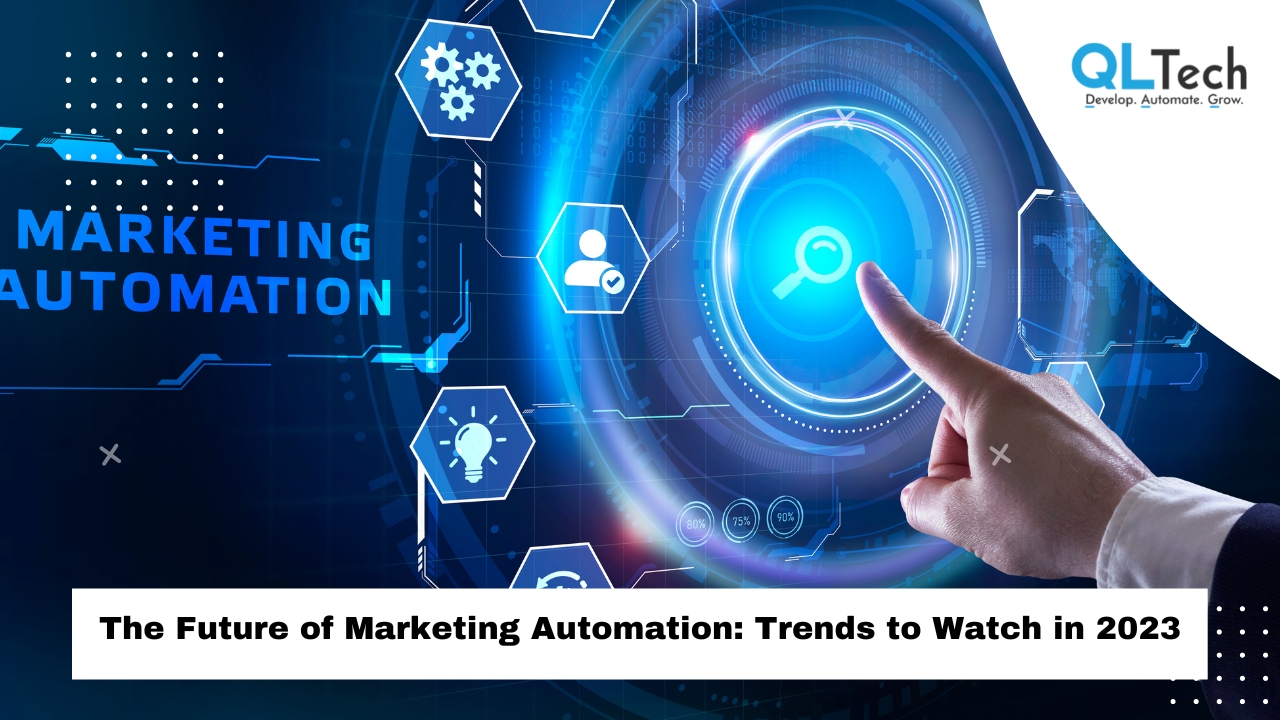Process automation, driven by advancements in technology, has become a cornerstone in modern business operations. Automation involves the use of technology to perform routine tasks, streamline workflows, and enhance overall efficiency. This article explores the myriad benefits of process automation and how organisations across various industries can unlock significant gains in efficiency and productivity.

1. Time Savings and Efficiency:
- Reduced Manual Work: Automation eliminates the need for manual execution of repetitive tasks, allowing employees to focus on more strategic and complex aspects of their roles.
- Faster Task Execution: Automated processes operate at speeds incomparable to manual efforts, significantly reducing the time required to complete routine operations.
2. Error Reduction and Improved Accuracy:
- Minimised Human Errors: Automation reduces the risk of errors associated with manual data entry and routine tasks, leading to more accurate and reliable outcomes.
- Consistent Output: Automated processes ensure consistent and standardised outputs, eliminating variations that may arise from human involvement.
3. Enhanced Scalability:
- Adaptable to Workload: Automated systems can scale up or down based on workload demands, ensuring that organisations can handle increased volumes without compromising efficiency.
- Flexibility in Operations: Scalable automation solutions provide the flexibility to adjust processes in response to changing business requirements.
4. Improved Decision-Making with Data Insights:
- Real-Time Data Analysis: Automation allows for real-time analysis of data generated by various processes, providing valuable insights for informed decision-making.
- Data-Driven Strategies: Organisations can leverage automated analytics to develop data-driven strategies, optimising operations based on actionable insights.
5. Enhanced Employee Productivity:
- Focus on Value-Added Tasks: Automation frees up employees from mundane tasks, enabling them to focus on tasks that require critical thinking, creativity, and strategic planning.
- Higher Job Satisfaction: By automating repetitive tasks, employees can engage in more meaningful work, leading to increased job satisfaction and motivation.
6. Consistent Customer Experience:
- Automated Customer Interactions: Automation in customer service and communication ensures consistent and prompt responses, enhancing the overall customer experience.
- Personalisation at Scale: Automation enables personalised customer interactions at scale, tailoring communication and services based on individual preferences.
7. Cost Savings:
- Operational Cost Reduction: Automation reduces the need for manual labor, leading to significant savings in operational costs over time.
- Resource Optimisation: Automated systems optimise the use of resources, minimising waste and inefficiencies associated with manual processes.
8. Compliance and Risk Management:
- Consistent Compliance: Automated processes adhere consistently to compliance standards and regulatory requirements, reducing the risk of non-compliance.
- Risk Identification and Mitigation: Automation systems can monitor and identify potential risks, allowing organisations to implement timely mitigation strategies.
9. Faster Response to Market Changes:
- Agile Adaptation: Automated processes enable organisations to quickly adapt to changes in the market, competition, or customer preferences.
- Rapid Innovation: With the efficiency gains from automation, organisations can allocate more resources to innovation and stay ahead in dynamic markets.
10. Operational Visibility and Accountability:
- Real-Time Monitoring: Automation provides real-time visibility into ongoing processes, allowing for proactive monitoring and immediate issue resolution.
- Accountability through Auditing: Automated systems often include auditing features that track actions, promoting accountability and transparency in operations.
Conclusion: Transforming Business Operations
Process automation stands as a transformative force in modern business, offering a multitude of benefits that extend across operational, financial, and strategic dimensions. As organisations continue to embrace automation technologies, they not only unlock efficiency and productivity gains but also position themselves to thrive in an increasingly competitive and dynamic business landscape. The journey towards process automation represents a strategic investment in the future, where organisations can leverage technology to optimise operations, drive innovation, and achieve sustainable growth.








